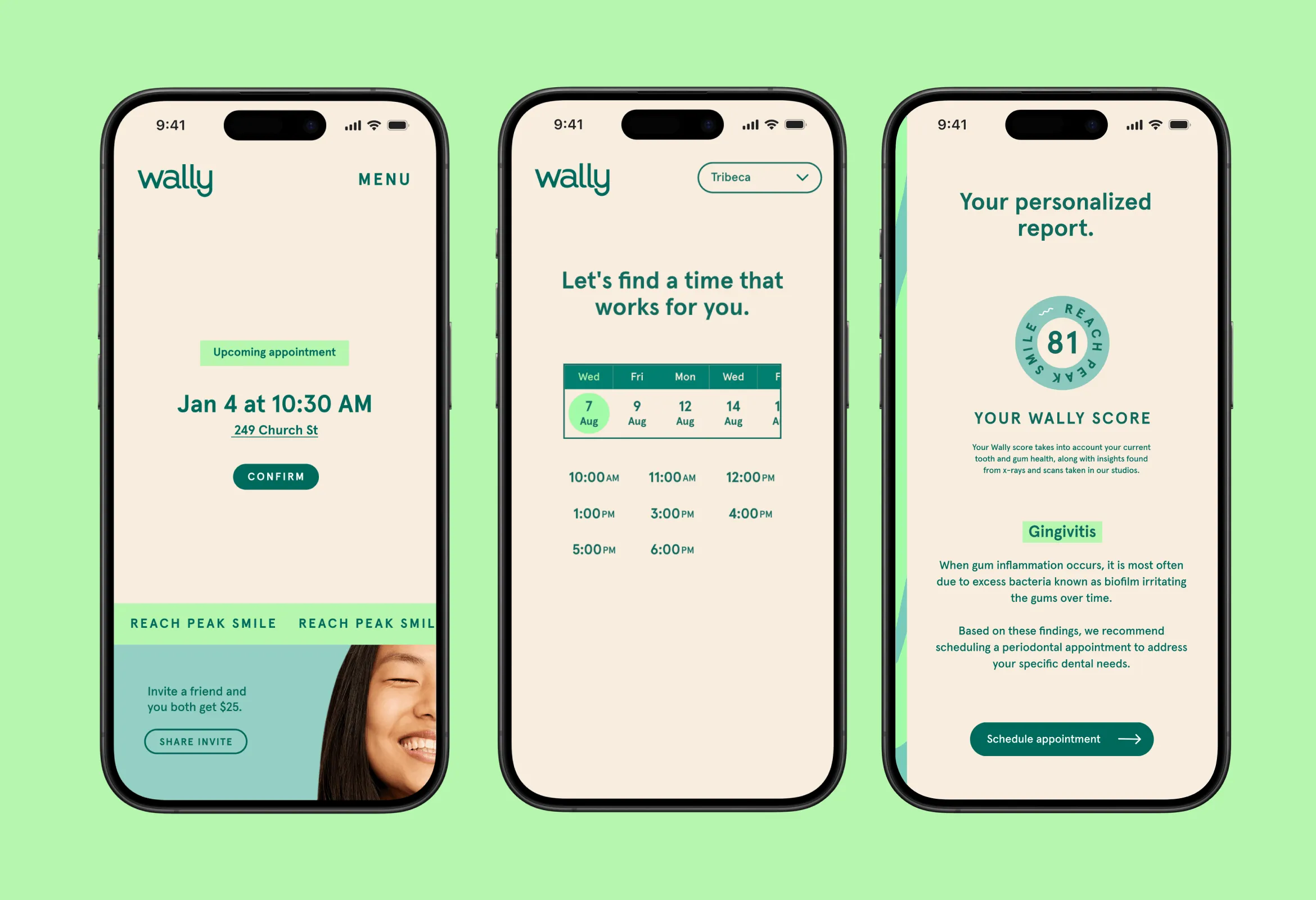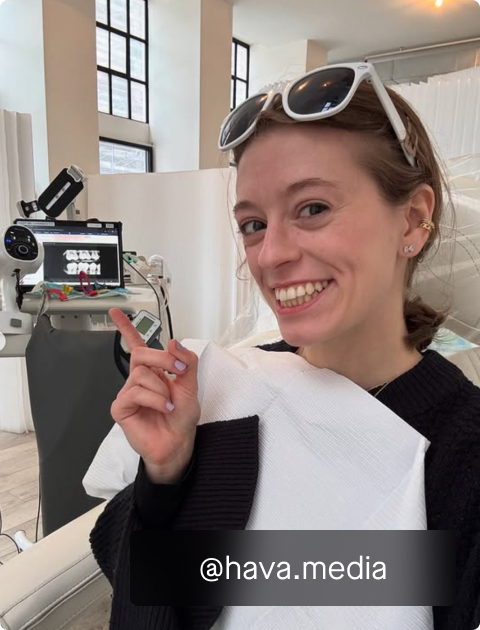Wisdom tooth socket and other extractions care instructions

Your freezer is stocked with ice cream, you took a few days off from work, and your next binge show is queued on Netflix. You're ready for your tooth extraction.
Along with the soft foods and avoiding straws, there are a few more things you can do in the near-term to avoid dry socket and ensure your mouth heals safely and quickly. And after a few weeks, it's a good idea to revisit your daily hygiene routine and even your dental visits to take care of those empty sockets, or the implants / crowns that might become new residents.
Why? Well, you just had a piece of your face pulled out. The result is a significant change to the structure and microbiome of your mouth. If your sockets don't get the TLC they deserve, you run the risk of infection, bone loss, gum disease, and losing neighboring teeth over time. The good news is all the steps you can take are in your control and are totally doable!
Let's dive into what to do in case you're in the unlucky 2-5% who get dry socket, as well as what you can do in the short- and long-term to keep your socket, teeth, and mouth healthy after an extraction.
Dry socket healing for the short and long term
It's within 24 hours of your extraction and you're experiencing dry socket symptoms. Take a deep breath. Yes, the pain is excruciating but it's going to be okay. Once your dentist has confirmed you have dry socket you can strategize about how to get your mouth on the road to recovery.
The first goal is to reduce the symptoms and lower your pain level.
Next, your dentist will recommend one or more of the following:
Flushing out the socket.
Your dentist will flush the area to remove any debris, like food particles, that could be causing pain or threaten an infection.
Medicated dressings.
Your dentist might pack the socket with medicated gel or paste, and cover with medicated dressings. Your dentist can determine if this is the right treatment, and how often you'll need to change dressings.
Pain medication.
Your dentist may prescribe a pain medication if your situation and circumstances call for it.
Self-rinsing at home.
Your dentist may have you flush the socket at home to help with the healing process. You'll receive instructions and a plastic syringe with a curved tip to squirt water, salt water or a prescription rinse into the socket. Your dentist will inform you how long to continue the rinse, likely until the soft tissue has healed over.
Once your healing is back on track, it's important to modify your at-home hygiene routine so your socket and the surrounding teeth can stay healthy. Let's dive into this more.
Healing socket after tooth extraction - what to do at home for long-term health
A few weeks after your tooth extraction, you are out of the danger zone for dry socket. And that's exactly the time to upgrade your oral hygiene routine to avoid long-term complications with the area where your tooth was pulled.
"Patients get tons of information on what to do in the first week after a tooth extraction. But then are often left on their own for what to do after the socket heals," Wally hygienist, Sarah Clark, RDH tells us. "The structure of your mouth change dramatically even after a single tooth extraction, and in many cases your original home hygiene routine may not be quite the right fit for your mouth post-extraction."
The key is to minimize bacteria and biofilm around the extraction site, and throughout your mouth. With a tooth missing and potentially an implant taking its place, you'll need to review your brushing and flossing technique to ensure you're removing bacteria from all surfaces of the teeth. Avoiding bad bacteria means fewer (or no) cavities, no infections, and reducing your risk for gum disease.
Healthy socket after tooth extraction - how your clinical team helps you keep your mouth healthy
"A thorough dentist will evaluate your oral microbiome to check for any imbalances that could create post-extraction complications," explains Sarah. "If your clinical team notices an imbalance, they'll strategize with you to lower the risk for infection and prevent the need for future tooth extractions."
If you wear a night guard or a retainer, your clinical team should check if your bite changed significantly from the extraction. If that's the case, the retainer or night guard might need adjusting to ensure it's providing the same benefits and not inadvertently doing harm to your teeth.
And, of course, continue to go in for regular cleanings and exams with your clinical team. Thorough cleanings and evaluations are the best way to keep an eye on your socket, and to prevent larger (and super expensive) issues like infections or gum disease from ever happening to you.
And in the end - make sure you have a great dental team for long-term socket health
We hope you feel confident on how to take care of your healing socket in the short- and-long term from home. While we recommend regular visits and communication with your dentist, we also know the traditional dental experience is not set up to be an ongoing, long-term partner for you in your oral care journey.
That's why we launched Wally's membership - unlimited dental cleanings, whitenings, and access to your virtual care team. Our first studio is now selectively taking members in New York City, and we're planning to open across the US this year and beyond.
The traditional dentist experience sucks. Check out more details about our membership, and read more from some of our first members about why they switched from Tend or Dental Bar and never want to go back for their preventative care.









